So what happened between 2015-2016 that recalibrated the US music industry and convinced American consumers to spend literally twice as much money on music as they were previously doing?
It’s hard to remember now, but there was a time, and not so very long ago, when music was a physically-delivered product, with vinyl, cassette tape or a CD the only meaningful way, live performances aside, for music publishers and artists to make money from consumers.
When digital arrived as a possible alternative medium as this century unfurled, the iPod led the charge, launching in 2001. The iPad appeared in 2010, and breathed new life into music video. But still US music industry revenues were going nowhere.
Yes, of course the Big Names were raking it in, but overall the music industry had plateaued at best. It seems the US consumer had all the music they needed and there was no room for growth. Complacency set in, stifling innovation and experimentation, making it ever harder for new artists to get in on the act, and for extant artists to reach new audiences.
And yet…
Look at this chart from Statista, which shows US music industry revenue from 2009 through 2022.

Between 2009-2015 annual US music industry revenue averaged just $4.7 billion and never exceeded $5 billion. Last year it was $10.3 billion – more than double – and a quick glance at the graph shows a steady curve from 2016 through 2022 that shows no sign of levelling off.
So what happened between 2015-2016 that recalibrated the US music industry and convinced American consumers to spend literally twice as much money on music as they were previously doing?
Streaming. Digital subscription. Specifically, Spotify, Apple and Amazon.
In fact Spotify had been on the ground since July 2011, when it attracted the usual doomsday predictions that nobody would ever pay for music again, streaming devalued music and artists, piracy would bankrupt studios and artists, the sky was falling…
Well, nothing new there. In publishing we’re having all the same nonsensical debates, just a few years later than in music.
But with seven solid years of the music streaming experience behind us now, has streaming devalued music, destroyed the industry, let the pirates take over, or otherwise caused the sky to fall?
In fact that slow start we see in the Statista chart reflects initial music publisher resistance, just as we see today with book publishing. In 2011 Spotify was the only show in town. Music publishers could afford to turn their noses up at the upstart start-up from Stockholm. But even so, look at those figures and we see that right from 2011 as Spotify took its first tentative US steps, music revenues began to edge up.
Then in 2015 Apple joined the music streaming game, followed quickly by Amazon in 2016. Suddenly two of music publishing’s biggest à la carte outlets were demanding content for streaming. And having seen the interest Spotify had already proven, music publishers took a deep breath, crossed their fingers, and dived in, sending music revenues to hitherto unheard of heights.
That image specifically for the US market, of course. Now take a look at this infographic for the global music market, that again brings us up to 2022.

Half a billion new users in ten years, up from 8 million in 2010 to 589 million in 2022, an increase just shy of 3,000%, with streaming accounting for 67% of all global recorded music revenues.

The first point arising here of course being one often raised on TNPS – that consumers actually like streaming, no matter how much Markus Dohle tells us otherwise.
But let me wheel back to that topic towards the end of this essay, because the more immediate topic here is how music streaming is revealing new insights into the industry’s consumption patterns. Insights book publishers might want to take on board.
“Hip-Hop Fans Stream, Rockers Buy” is the headline for this Statista infographic looking at the US music industry’s volume market share, and there are lessons here for those publishers willing to think outside the box.

Per Statista:
“Overall, the U.S. music market has been shrinking in volume in 2022 in most segments. While vinyl LP sales are up, digital and physical album and track sales are down, the latter by 25 percent, compared to 2021. Streaming, of course, is the big winner in this regard. On-demand song streams, increased in volume by 22.6 percent to a total of 3.4 trillion. Worldwide revenue from recorded music grew to $26.2 billion in 2022, according to the International Federation of the Phonographic Industry (IFPI), $17.5 billion of which were generated in the streaming segment.”
Yes, more of the same. Consumers like to stream. We get that, even if as an industry we don’t want to say it out loud.
But hold on. There’s more. Because some consumers like to stream more than others, and knowing who they are can help the industry make informed format decisions, something the book publishing industry really needs to wake up to.
Again, per Statista, regarding music consumption:
- R&B and hip-hop had market shares of 28.7 percent and 28 percent in audio and video streaming, respectively, in 2022.
- 45.4 percent of the market share in physical album sales belongs to rock music.
- Country music mostly has market shares in the single digits. The exception is digital song sales (which) make up 12.4 percent of the total market volume.
Imagine what the music industry, using the power of AI to dig deep into insights, will do to target its audiences in the future. Because what this offers is the ability to make informed format production decisions based on genre preferences. Country music is trending to digital. Rock albums clearly are where marketing efforts need to pay more attention to physical releases.
Now swap music genres for reading genres.
We already know that romance readers are very comfortable with digital. Self-publishers, who tend to be ebook focussed, have long since been eating traditional publishers’ romance lunch. And of course we know that children’s books tend to favour the print format.
What we don’t know with digital book streaming is how the consumer preferences by genre will pan out, and that’s because so few consumers have the choice.
And even with à la carte digital sales we have very little meaningful data because so many publishers have for so long been using ebook pricing as a means to support print, often listing ebooks at the same price, or even higher, than the hardcover version, artificially distorting the market.
Digital-first imprints and publishers will have the advantage here, and may already be making informed decisions on format release by genre (APub certainly does – just look at its imprints), but for most publishers the limited data from print sales and from à la carte ebook sales through data-hogging platforms mean the book publishing industry is largely blind to genre-format relationships.
And in turn they are blind to the very real consumer interest and potential sales volumes streaming can bring to the publishing industry. Not, admittedly, on the scale of video and music, but still enough to meaningfully move the needle.
We need look no further than Amazon’s ebook subscription service Kindle Unlimited to see that.
As reported on TNPS just this past week, the Kindle Unlimited royalties pay-out for self-published authors has been rising steadily month after month year after year, since it first launched way back in July 2014 with a monthly pay-out of “only” $2.5 million.

All told, the Kindle Unlimited subscription royalties paid out monthly to self-published authors has since 2014 risen over 1,600%. And this quite separate from APub titles and the handful of other traditionally published titles in the streaming service, and quite separate too from à la carte sales on Amazon.
The results from music streaming are clear. And the SVOD numbers tell the same story. Subscription streaming expands markets and increases publisher revenues across formats.
Take Kobo, which in 2020 launched its Kobo Plus unlimited subscription service in Canada.

The Canada launch interests us here because it gave Kobo the opportunity to report on its Kobo Plus Netherlands experiment that had kicked off back in 2017.
Arguing that “the time is right for subscriptions”, the press release revealed that 60% of the Kobo Plus NL subscribers had never before purchased an à la carte ebook from Kobo, and that Kobo continues to experience “double digit year-over-year growth for à la carte ebooks alongside rapid subscription growth.
Or to put it another way, the market expanded and revenue increased, just as we have seen in the music and video industries, and just as we have seen with Kindle Unlimited.
In the US, the evolution of the book streaming industry is still at the stage where Spotify was in 2011-15. The only serious books streaming player is Amazon, and quite understandably the industry is not inclined to hand over even more control to Seattle. Scribd is the only other US-operational streaming player of note, and most publishers are reluctant to support Scribd in any meaningful way, while some – PRH take a bow – have been openly hostile to the model under Markus Dohle.

Until the publishing industry leaders – perhaps a little more willing to think outside the box now Dohle is side-lined – step up to and objectively evaluate the subscription opportunity, book publishing in the US will continue to waddle along as it has these past years, healthy but not vibrant, surviving but not growing, happy to wallow in its own complacency while parallel industries move with the times and reach new heights.

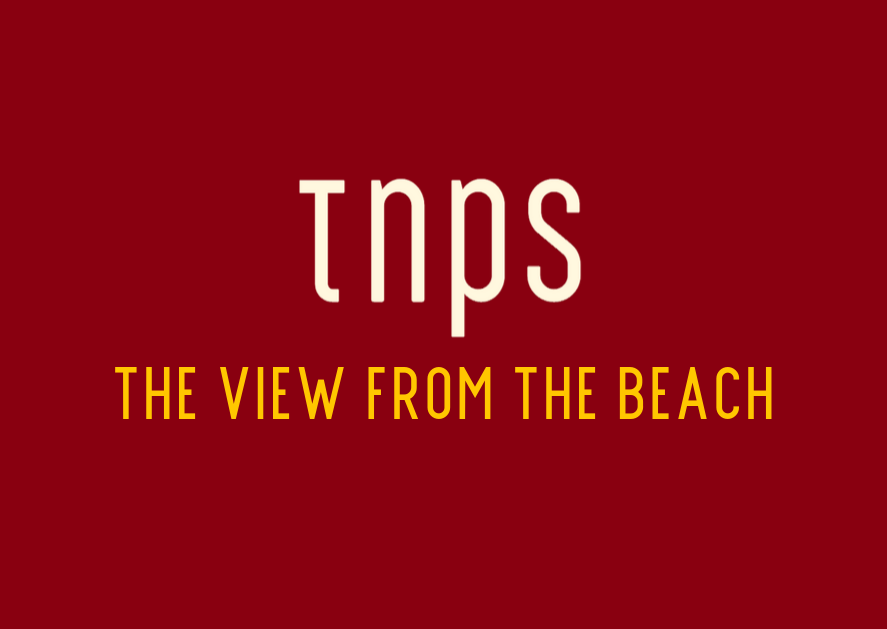
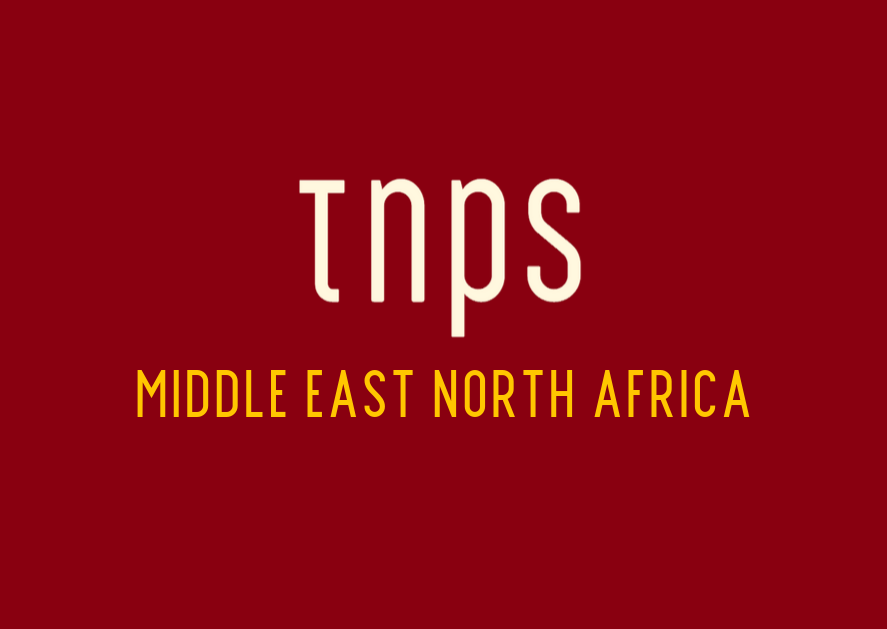
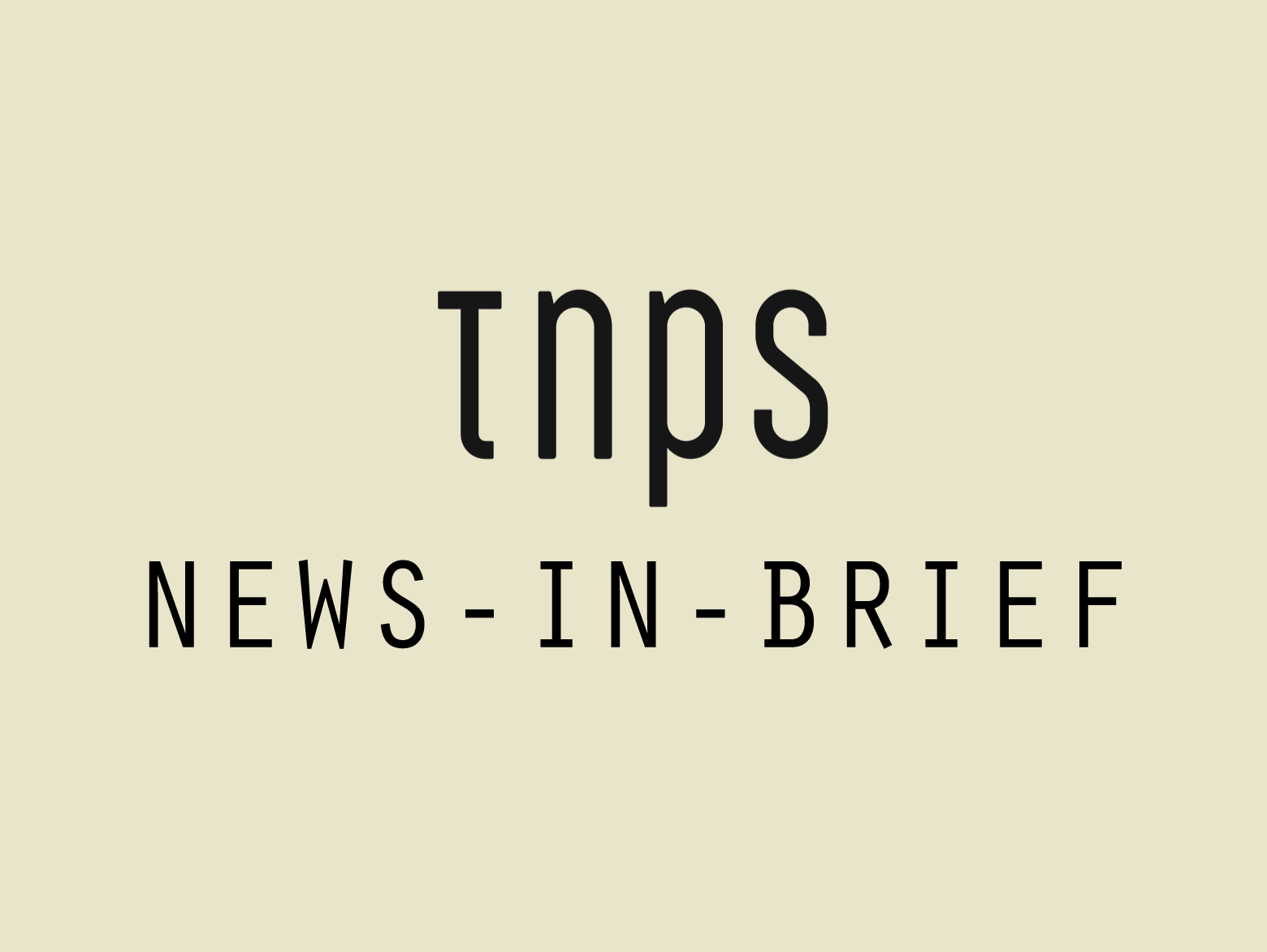
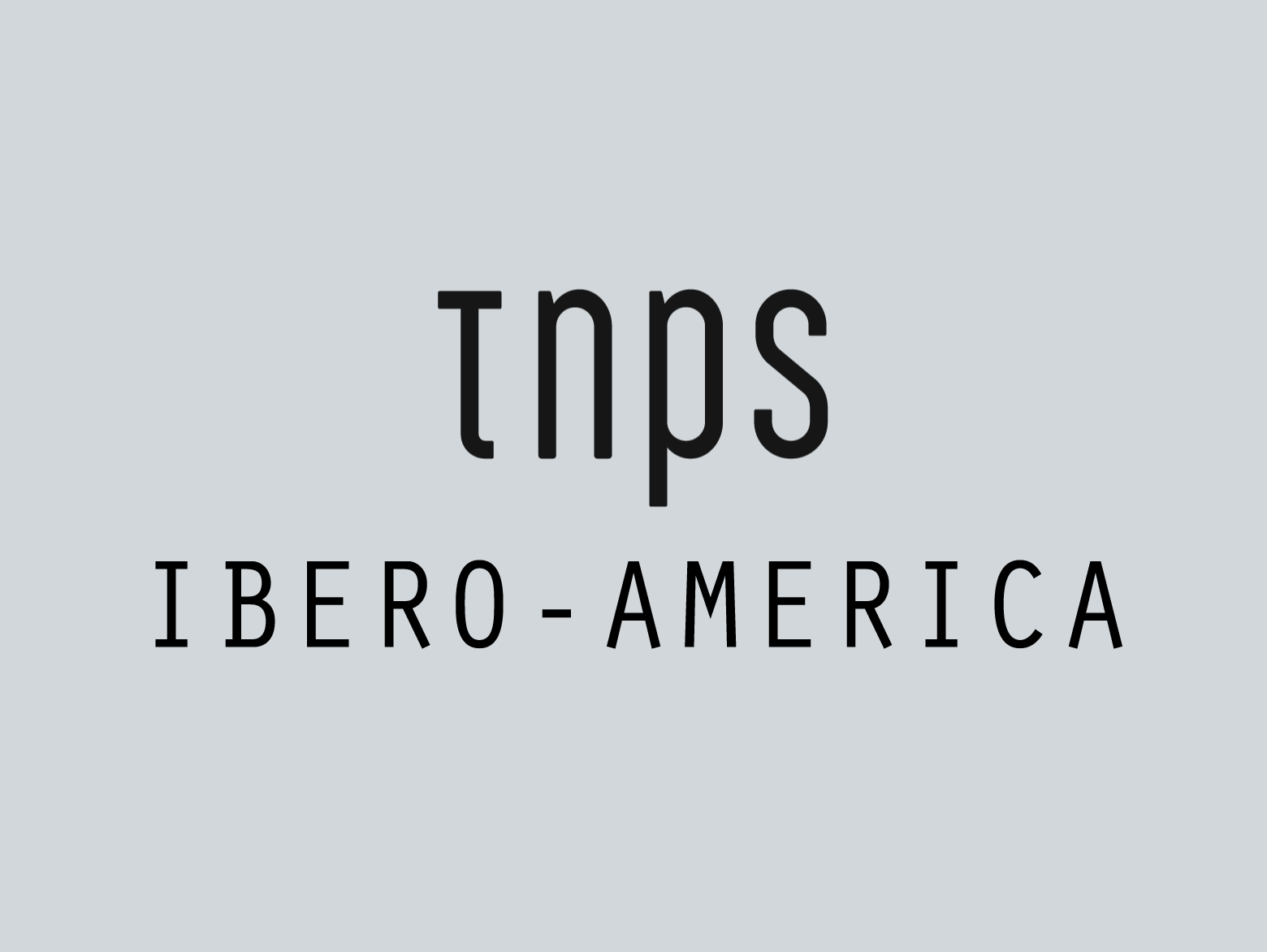
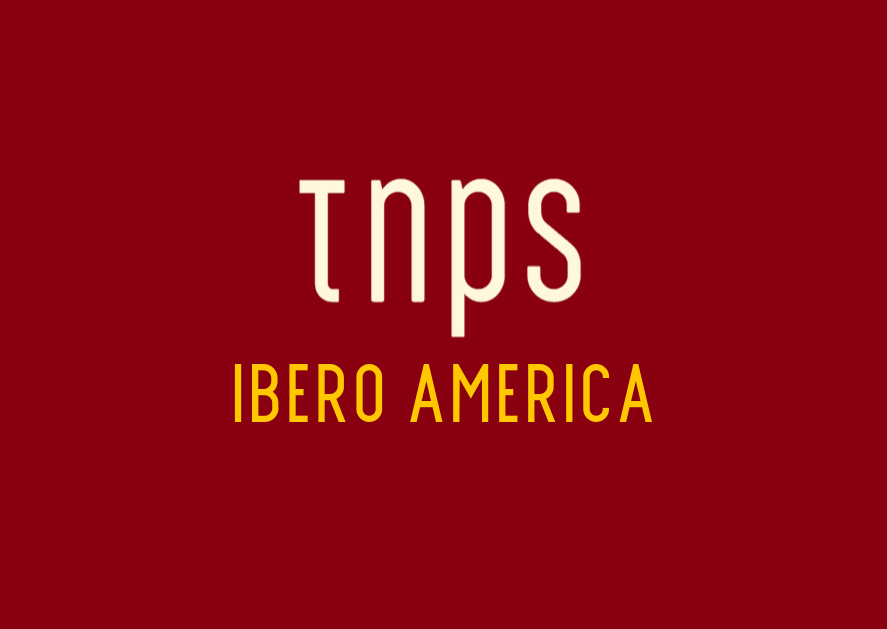
Subscription’s “glory days” are numbered. Consumers want a content freedom economy where they only pay for what they read. Just as they did in the early 2010s analogue-to-digital transition , publishers will resist all new revenue models. Yes, my ebook publishing company got on Amazon KDP in 2009 and preceded the NY trads by years.
It’s not just about “streaming.” Streaming ebooks is only the beginning. It allows a new business model. Subscription fatigue has set in. The answer is microtransactions for content and fractionalized content. Only pay for what you read, one page at a time https://inara.world has the solution.
Oh, and this applies to nonfiction much more strongly than fiction. No shade cast on fiction. Fiction is like watching a movie isn’t it? Watch it beginning to end. Nonfiction is like a digital online course. Lesson 1, Lesson 2…… Chapter 1, Chapter 2…. take your pick.